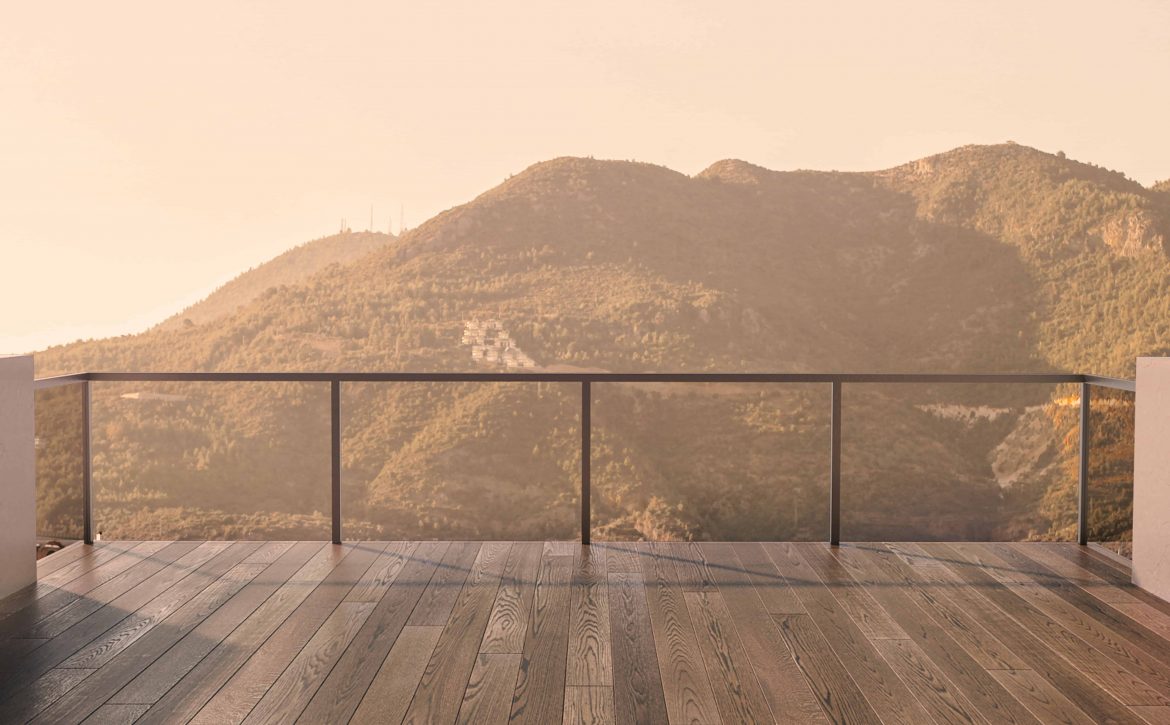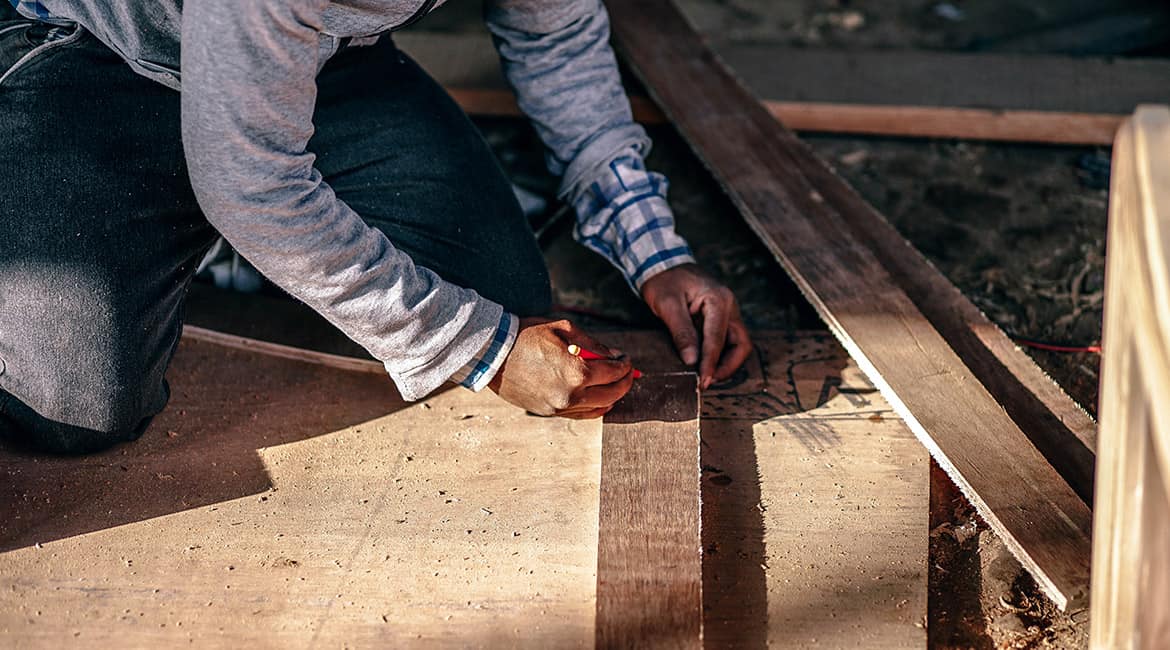Blazeboard non-combustible decking unveils a secret fixing system
Having ticked all the regulatory boxes for high-rise residential use with flying colors:
- CE marked (UKCA mark on its way)
- Third party certified
- A2,s1-d0 non-combustible
- Durability tested
- Slip resistance PTV 36+ in ALL directions in wet and dry
One of the unique advantages of Blazeboard has always been that it could be cut and shaped like hardwood and screwed through like traditional decking. This is handy when you want that traditional hand laid look, and for refurbishment projects where it’s safer to exchange one board at a time. This was enabled by Blazeboard unique ability to remain impervious to water and corrosion even when screwed right through. We love the aesthetic of the colour-matched stainless steel self-drilling screws.
But Architects were calling for a system that had no visible fixings, for a clean look, and installers wanted even faster installation. Now this has been achieved. The Engineers at Blazeboard have come up with a board profile which fits a stainless-steel black clip. This sets the board gaps during installation at a consistent 6mm gap, and the black stainless-steel clip is virtually undetectable between the board gaps.

After testing and refinement, this optional system is available now and is already being used for a valued client in south London.














